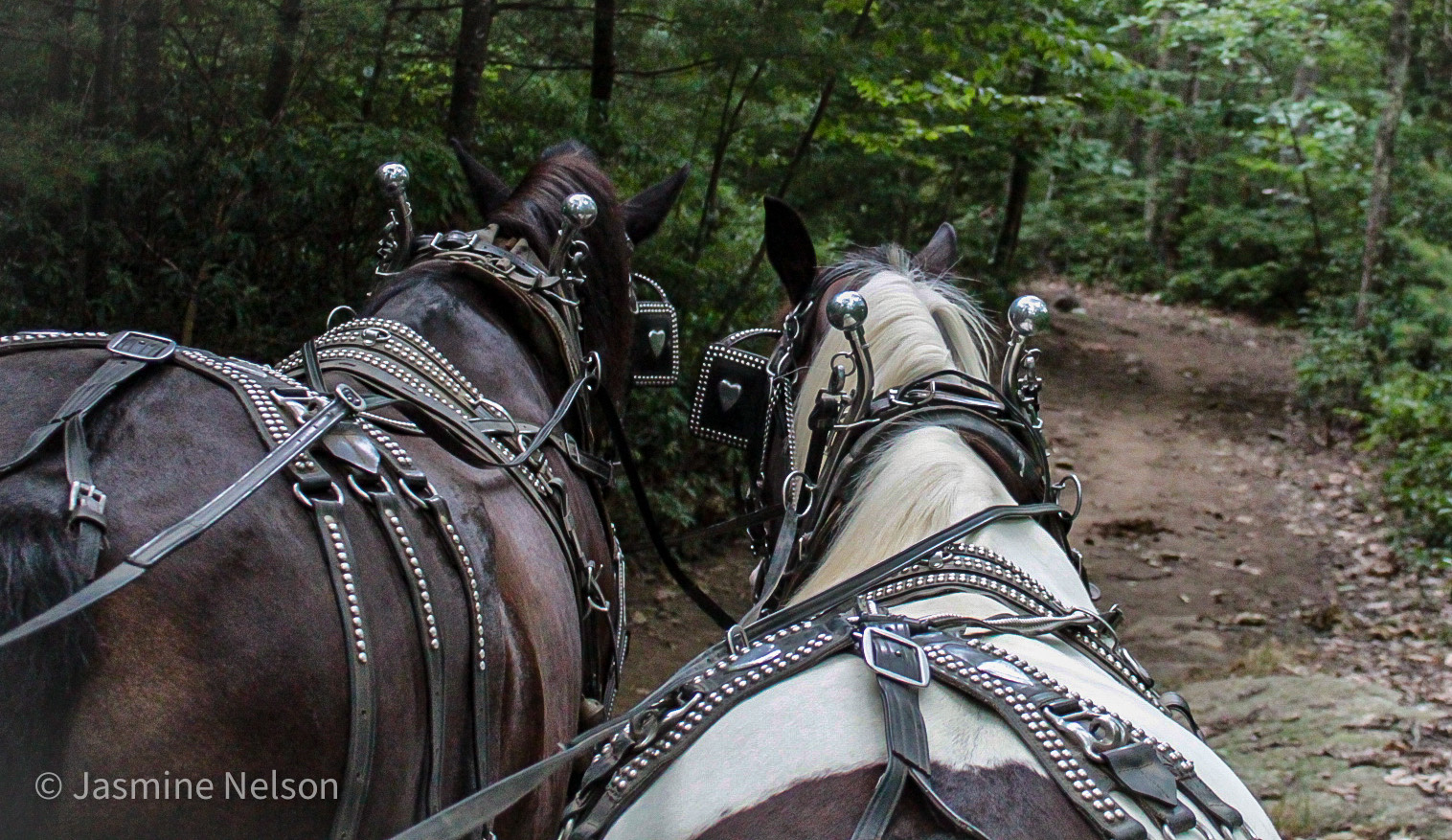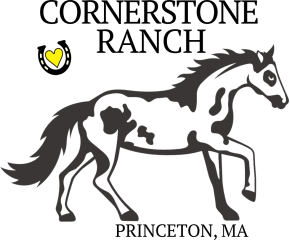PIONEER DAYS OF COVERED WAGONS

Prairie Schooners not “Glamping”
The image of early pioneers settling to sleep each night, safely tucked into beds inside their respective covered wagon is not accurate! The wagons measured in at only about four feet wide and eight or nine feet long. The entire wagon was narrower than a full-size bed and only slightly longer. Every stitch of the family’s belongings needed to be packed into the wagon, leaving no room for beds or comforts we take for granted. The families either camped in the open under the stars or slept on the ground beneath the wagon.
Top-heavy, bumpity bump journey
The Prairie Schooners had to be packed carefully with the heaviest items at the bottom. Wagons were prone to tipping over because they had a high center of gravity. Conestoga wagons were the riskiest for tipping. The size and heaviness of them made them more unstable on the trail. Both types of wagons gave the passengers a bumpy, jarring ride. Riding in the wagons, in fact, was so uncomfortable that most people opted to walk beside them whenever possible.
Crossing Rivers
Reaching the other side of rivers and creeks was a big obstacle for pioneers traveling in covered wagons. Larger rivers often had ferry crossings that transported entire wagons across to the opposite shore, but smaller rivers did not. Rafts were sometimes constructed to carry a wagon across the river. Pioneers would initially assess the challenge at hand to try to find the most narrow and shallowest crossing point of the river. Wagon beds were first treated with wax to seal cracks. The wagon bed act almost like a boat once in deep water for the wheels not to touch bottom. Getting across rivers proved extremely risky and stressful for settlers!
Horses Not Necessary
Conestoga wagons were so heavy they needed a pair or team of horses to pull them. Pioneers heading west across the prairie often couldn’t afford horses so they opted for a lighter wagon. Prairie Schooners were light enough to be pulled by mules or oxen. This choice was more savvy because mules and oxen were much more useful once the settlers found and settled a homestead.

